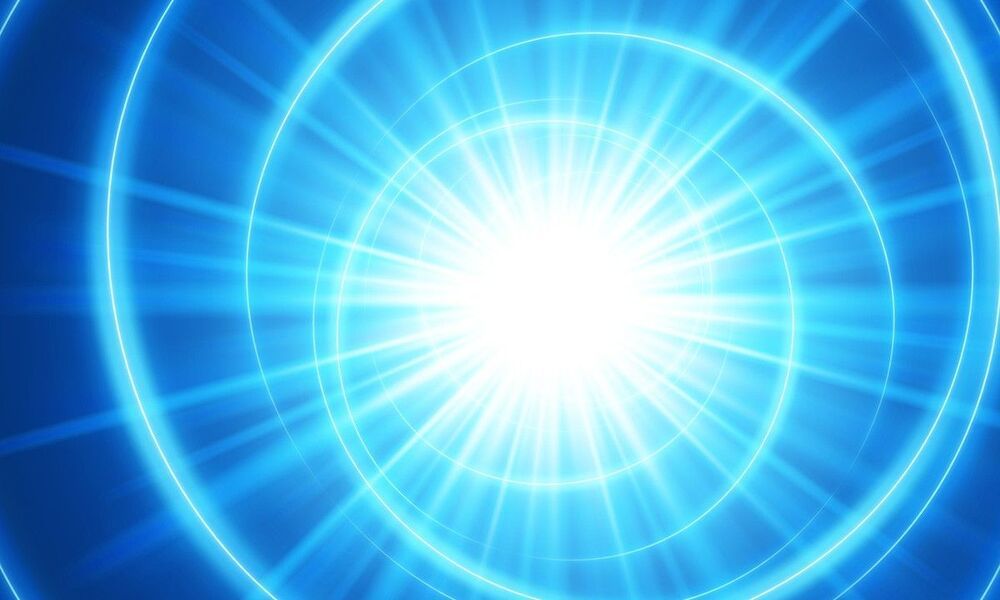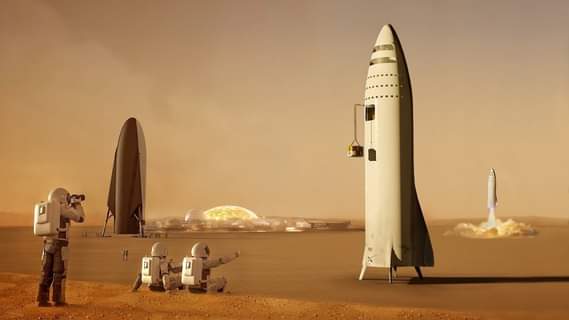# **MARS: A GATEWAY TO THE SOLAR SYSTEM**
Today’s highlight: **Bruce MacKenzie**, founder of the Mars Foundation.
Bruce gave us a detailed view of what will be the economical and industrial development in the solar system, in a broad and strategical concept: Mars, a gateway to the Solar System. How will a future trade and export take place on Mars, to facilitate the civilization expansion into the Solar System. Lot of works will focus on Phobos and Deimos, the Mars’s moons. A space elevator between Mars and Phobos will be key. Thousands of independent space settlements will allow to study and understand how ecosystems work, how water, food, wastes cycles can be better combined and integrated, and such a knowledge will have a fallout back on Earth too. Several favorable conditions suggest to start with Mars, to open the solar system to humanity and life: water, carbon, nutrients, raw materials. Trading among different space settlements is key. Mars infrastructures will include: greenhouses, manufacturing, materials processing, residential areas, ice road, desert trek, farm communities, truck stops, polymer production, fuel production. Key productions to start: polymers and fiber glass. Cargo transportation from Mars surface to the moons and orbital facilities with e.g. space elevators, magnetic guns, regolith rockets. Mars can produce finished goods, food, and bulk materials (gas, ice, liquids, fuel, fertilizers), delivered to Mars orbit, and then to other destinations. Floating towns in Venus atmosphere is another possible location for settlers communities. For a period of time, Mars will be the “bread-basket” of the Solar System.
Here’s the whole **Webinar on Mars, the Asteroid Belt and Beyond**: https://www.youtube.com/watch?v=S57G71SURYc.
Also see the other speeches of the Webinar, that will be proposed in the newsletters to come.








